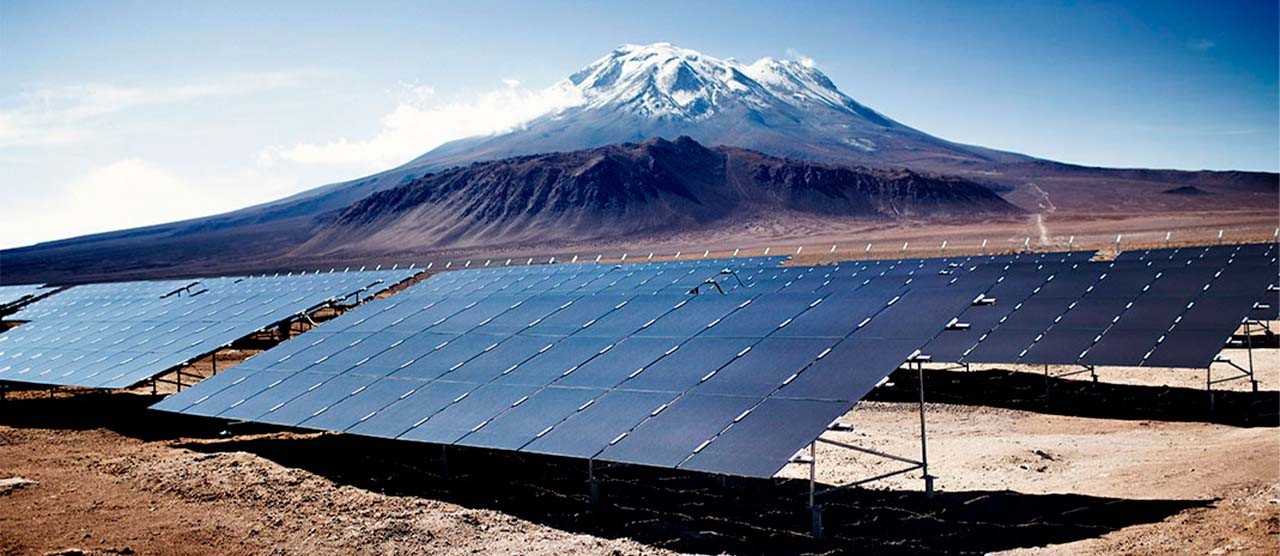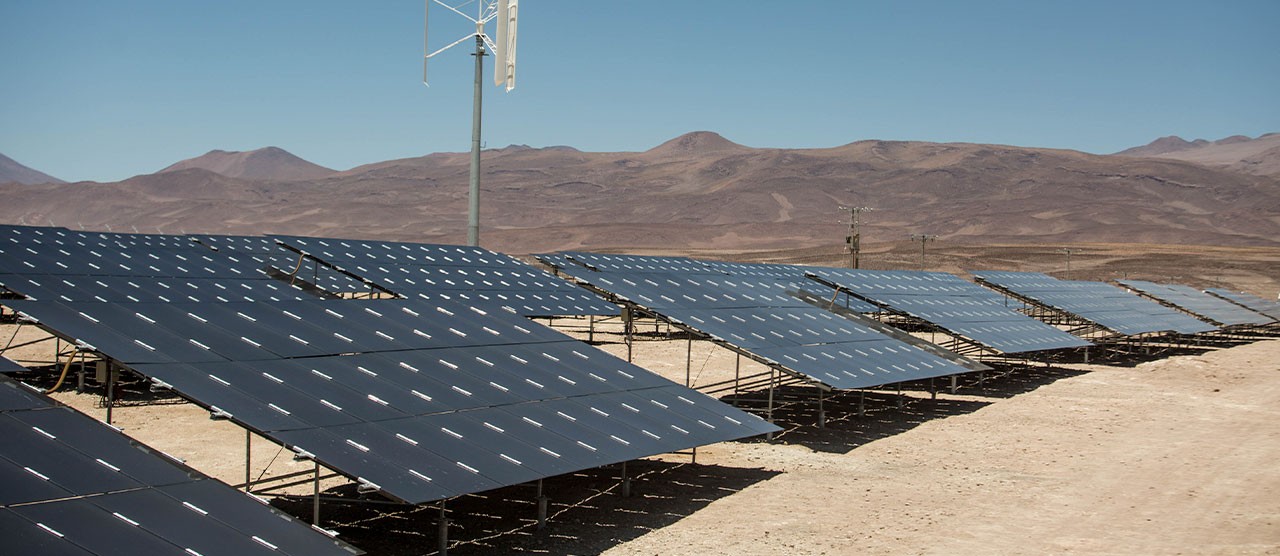“The plant has a 200-kW capacity, a production equivalent to 460 MWh per year, and a back-up electro-chemical storage system of 752 kWh. Making it sufficient to satisfy a large part of this location's annual energy needs also allows a drastic reduction in fossil fuels.”
This unique technological mix turned the hybrid plant into an innovation laboratory, allowing the evaluation of different materials and technologies when installed at high altitudes and exposed to drastic temperature changes.
The geo-climatic conditions of Ollagüe made it necessary to apply solutions suitable for withstanding the strong winds and low temperatures typical of the Atacama Desert. An example of this is the vertical axis wind turbine, which has a nominal power of 30 kW, designed to capture wind at any angle and direction. Its vertical design is especially suitable for areas with large variations in wind behavior.
Partnerships to improve the quality of life
For Enel Green Power, this project's development meant establishing collaboration agreements and joining forces with various partners, all committed to improving this population's quality of life and taking advantage of the special conditions of the project for research.
One of these was the Energy Center of the Physical and Mathematical Sciences Department at Universidad de Chile. It carried out comparative research activities on the operation of the equipment and its components, photovoltaic modules, electronic parts, and batteries—operating in a place characterized by extreme environmental conditions, such as the geographical altitude, substantial temperature variations, and high radiation.
“Important allies in making the hybrid plant a reality were Antofagasta's energy authorities, the Municipality of Ollagüe, and the El Abra Mining Company. The latter co-financed a third of the economic investment. ”
The entire plant system is designed to operate remotely. However, supervision and system maintenance, such as cleaning panels and minimal monitoring, are carried out mostly by female members of the community, who are specially trained for this function, contributing both to developing technical skills within their population and the project's sustainability. These projects make a vital and essential pillar for isolated villages like Ollagüe.
The Ollagüe plant is a successful project that combines innovation, local and natural resources, public-private partnerships, and the local community's participation—creating an electrification model that can be replicated in other isolated communities.



